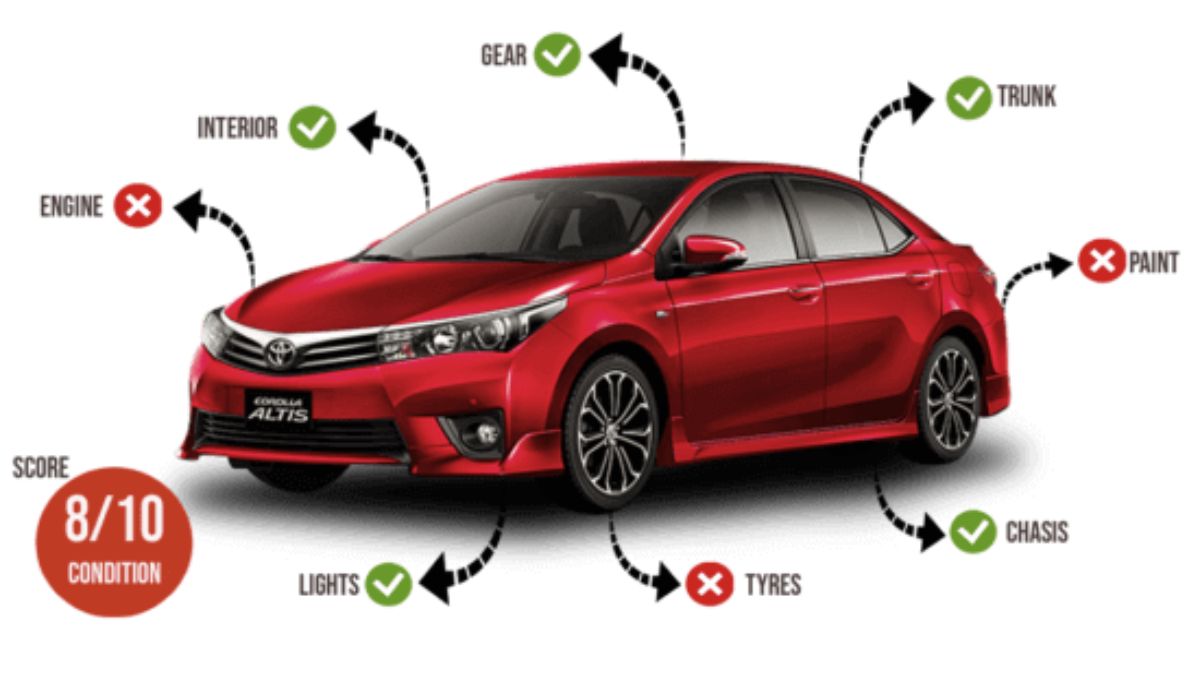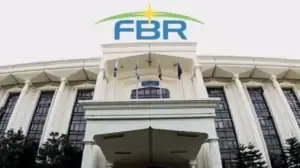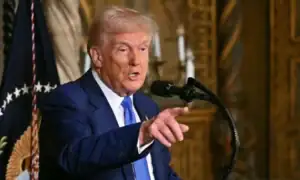Buying a used car in Pakistan can save you money, but without a proper used car inspection in Pakistan, you risk purchasing a vehicle with hidden issues. This complete guide for 2025 will help you inspect vehicles thoroughly, verify documents, and make a safe and confident purchase.
Why a Used Car Inspection in Pakistan is Important
A professional used car inspection in Pakistan ensures you:
- Avoid costly repairs after purchase.
- Detect accident or flood damage.
- Confirm that all documents are legitimate.
- Negotiate a fair price.
- Protect future resale value.
With Pakistan’s growing market of imported and local used vehicles, a proper inspection is more critical than ever.
Step-by-Step Used Car Inspection Process
Step 1: Initial Research & Price Comparison
Before visiting a car, compare prices of similar models online. This helps spot overpriced listings and find genuine deals.
Step 2: Exterior Inspection Checklist
- Check for mismatched paint or uneven panel gaps.
- Inspect the chassis, wheel arches, and underbody for rust.
- Examine lights, windows, and bumpers for cracks or misalignment.
Step 3: Interior Inspection Checklist
- Verify odometer readings against service records.
- Test all electrical components, including AC, windows, and infotainment.
- Inspect seats, carpets, and roof lining for water damage or wear.
- Smell for any mold or musty odors indicating leakage.
Authorized Honda Service Centre Lahore – Genuine Maintenance & Repairs
READ MORE
Step 4: Engine & Mechanical Checks
- Look for oil and coolant leaks.
- Check engine oil color and fluid levels.
- Inspect belts, hoses, and battery health.
- Listen for unusual engine sounds such as knocking or rattling.
Step 5: Suspension, Brakes & Tires
- Perform a bounce test on all corners for suspension health.
- Check brakes for smooth stopping without vibrations.
- Inspect tire tread depth and sidewalls for age and damage.
Step 6: Transmission & Drivetrain
- Manual Cars: Smooth clutch engagement and gear shifts.
- Automatic/CVT: No delays, jerks, or slipping.
- Listen for clicking noises from CV joints during turns.
Step 7: Test Drive Checklist
- Start the car from cold and check for smoke or rough start.
- Test the vehicle at various speeds, inclines, and traffic conditions.
- Observe dashboard warning lights carefully.
Document & Legal Verification
- Match chassis and engine numbers with the registration book.
- Verify token tax and road tax payments.
- Check ownership history and previous transfers.
- Ensure no loans, liens, or legal issues exist.
- For imported cars, confirm customs clearance and import documents.
Professional Inspection Services in Pakistan
- Licensed vehicle inspection workshops.
- Third-party pre-purchase inspection companies.
- Mobile inspection services that come to your location.
Hiring professionals provides a detailed report covering mechanical, structural, and electrical conditions.
Toyota Car Showrooms in Islamabad – Locations, Services & Contact Details
READ MORE
Red Flags — When to Walk Away
- Fresh paint hiding accident repairs or rust.
- Odometer rollback or inconsistent mileage records.
- Excessive smoke or engine noises.
- Refusal of professional inspection by the seller.
Negotiation & Final Steps
- Use inspection results to negotiate a fair price.
- Make payments through traceable methods.
- Complete ownership transfer promptly via the provincial Excise & Taxation Office.
Conclusion
A thorough used car inspection in Pakistan protects you from unexpected repairs, legal issues, and financial loss. Following this complete 2025 guide ensures a safe, informed purchase, giving you confidence and peace of mind.









